Hoang Lien National Park was established on July 12, 2002, and is one of the country's important special-use forests.
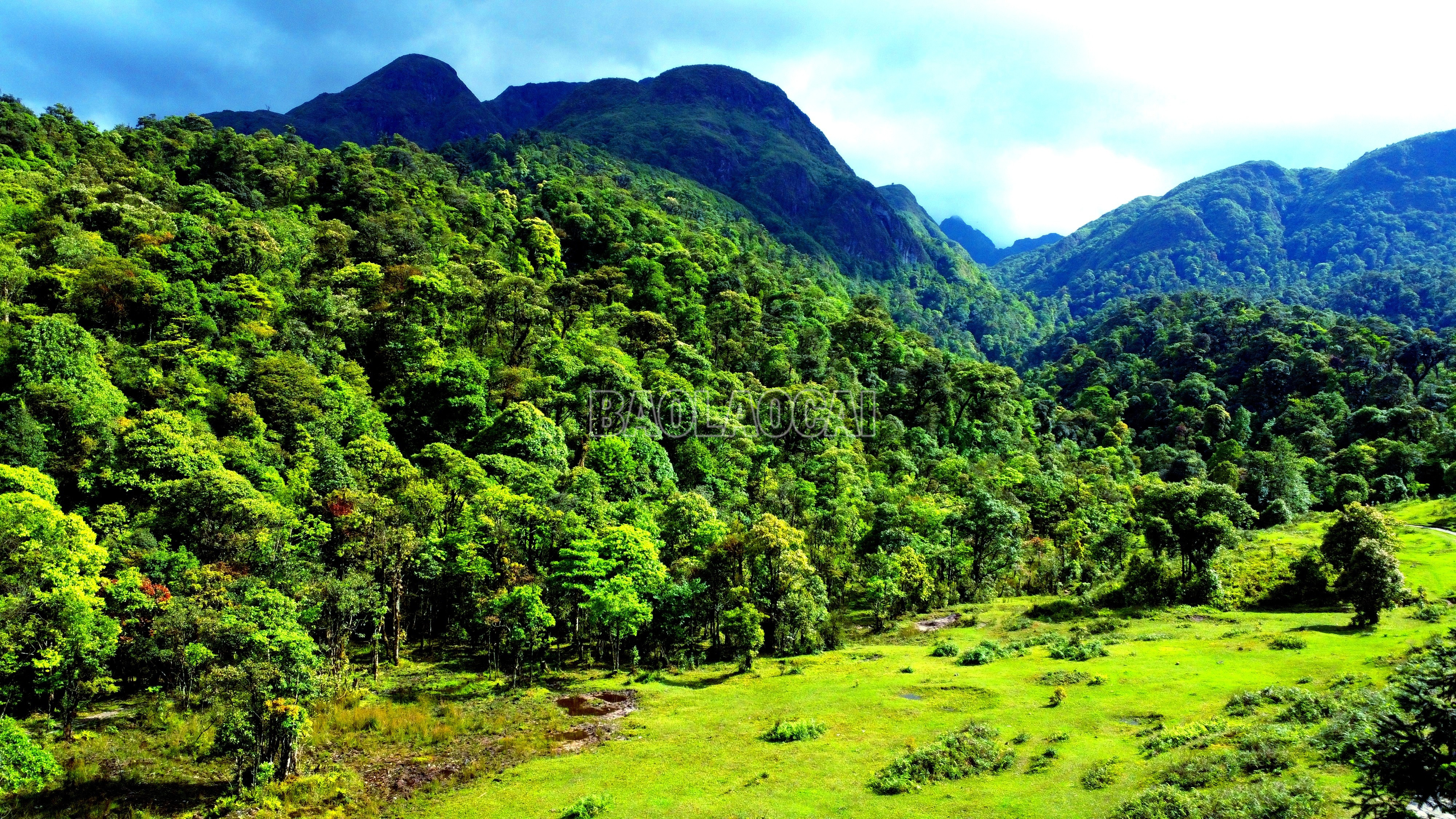
Hoang Lien National Park has a core area of 29,845 hectares, located on the high mountain system of Hoang Lien Son range and a buffer zone of 38,724 hectares, located in the two provinces of Lao Cai and Lai Chau .
It is also home to more than 2,000 plant species, of which 147 are listed in the Vietnam Red Book. The fauna is also very rich, with 98 mammal species, 346 bird species, 88 amphibian species and 67 reptile species.
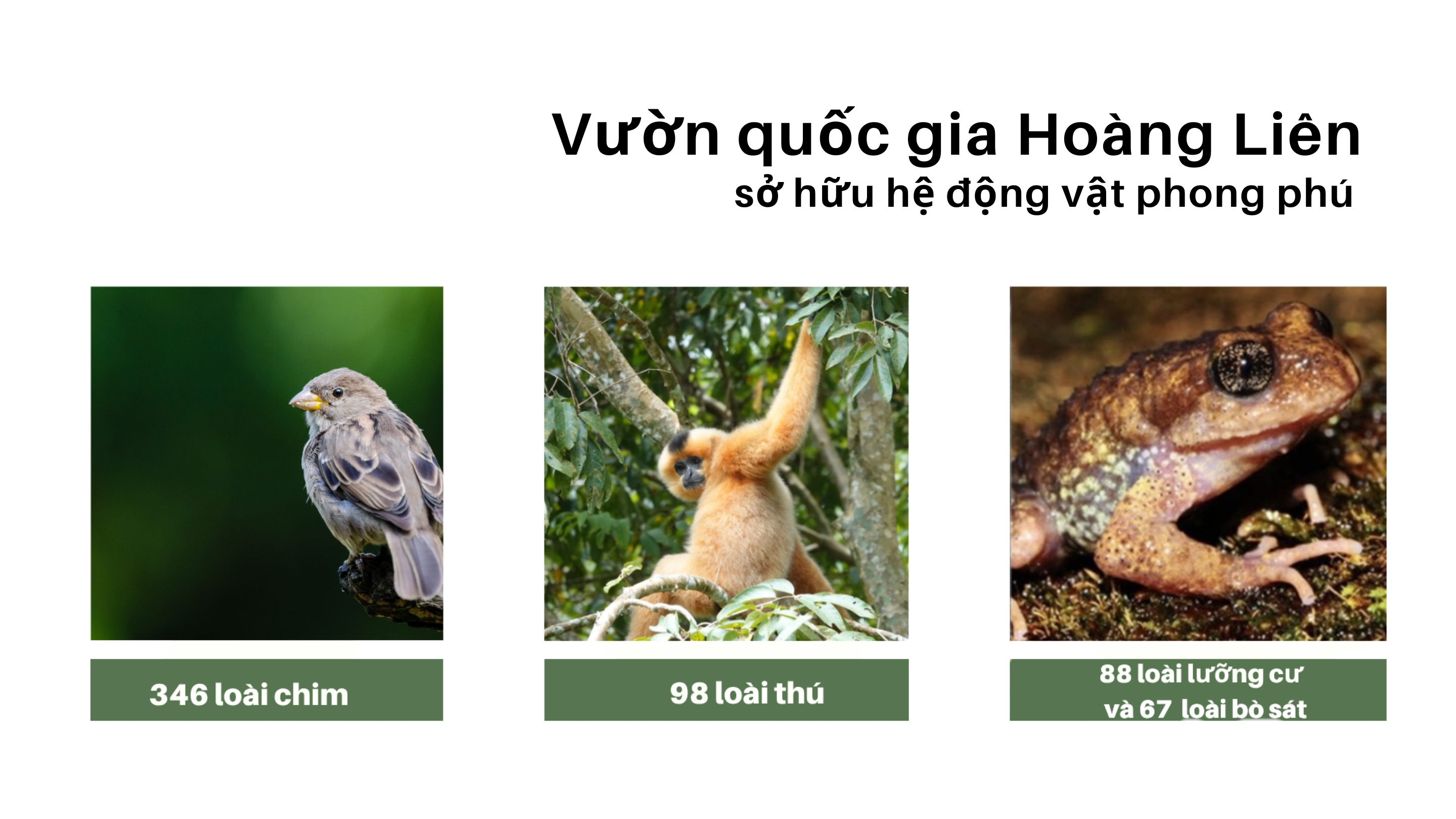
Deputy Minister of Agriculture and Environment Nguyen Quoc Tri commented: Although it only occupies 1.3% of the territory, Hoang Lien National Park owns nearly 20% of the total number of biological species in Vietnam - a number that is not only impressive but also demonstrates great responsibility at both the national and global levels in conservation.
Over the past two decades, Hoang Lien National Park has not only achieved many results in forest protection, but also become a center for scientific research, genetic resource conservation and medicinal plant development.
From the first and only tissue culture facility in Lao Cai, thousands of precious plant varieties such as Ngoc Linh ginseng, Hoang Lien gai, Van Sam or Sa Pa orchids have been successfully propagated. Many national, ministerial and provincial level projects have been implemented here, opening up directions for economic development under the forest canopy, while ensuring long-term conservation goals.

Typical examples include the Sa Pa orchid propagation project using tissue culture (2006 - 2009), providing disease-free seedlings to 200 households, in the period of 2017 - 2019, and is the first model to combine science with local livelihood development. Or the state-level project "Research on developing Barberry genetic resources" (2017 - 2020), which has built 2 seedling gardens with a total area of 3,000 m², providing 20,000 seedlings/year, opening up a direction for sustainable development of precious medicinal herbs.
The project "Developing the genetic resources of the Heart-leaf Asarum" (2021-2025) propagated 50,000 trees, combining concentrated planting models and under forest canopy, contributing to the conservation and development of indigenous medicinal plants; the project on propagating the Hoang Dan tree (2022-2024) propagated 20,000 trees, of which 2,000 trees were asexually propagated... are also research projects that affirm the progress in the technology of preserving rare plants at Hoang Lien National Park.

Mr. Nguyen Huu Hanh, Director of Hoang Lien National Park said:
We firmly believe that "conservation is not a solitary activity", conservation must go hand in hand with livelihoods, research and communication. Each medicinal plant species retained is part of a revived ecosystem.
The conservation space of Hoang Lien National Park is not only a place for forest trees to grow and develop, but also a safe area for all species of wild animals to "revive". Every year, the Park's Tourism and Conservation Center receives, cares for and releases hundreds of animals (many of which have been hunted, injured or lost their habitat). Some of them cannot return to the forest but have successfully reproduced here - a good sign for the regeneration of life.

Mr. Le Van Toi, Director of Hoang Lien Tourism and Conservation Center, shared: We are not only saving an individual, but also preserving a link in the ecosystem. Successful release is not simply a technique, but the result of the companionship between humans and nature. Many animals, after being cared for, have adapted to the natural environment, grown steadily, contributing to the recovery of native wild populations.
In 2024 alone, Hoang Lien Tourism and Wildlife Conservation Center successfully rescued and released into the natural environment 4 times, a total of 96 individuals of 20 wild animal species.

With tireless efforts, in 2006, Hoang Lien National Park was recognized as an ASEAN Heritage Park. Recently, the Global Environment Facility continued to rank this place as category A - the highest level of biodiversity value.


At Hoang Lien National Park, every tree, every stream, every species of creature is preserved with passion, a strong commitment to nature for sustainable development.
Source: https://baolaocai.vn/vung-an-toan-cho-muon-loai-dong-thuc-vat-hoi-sinh-post402767.html


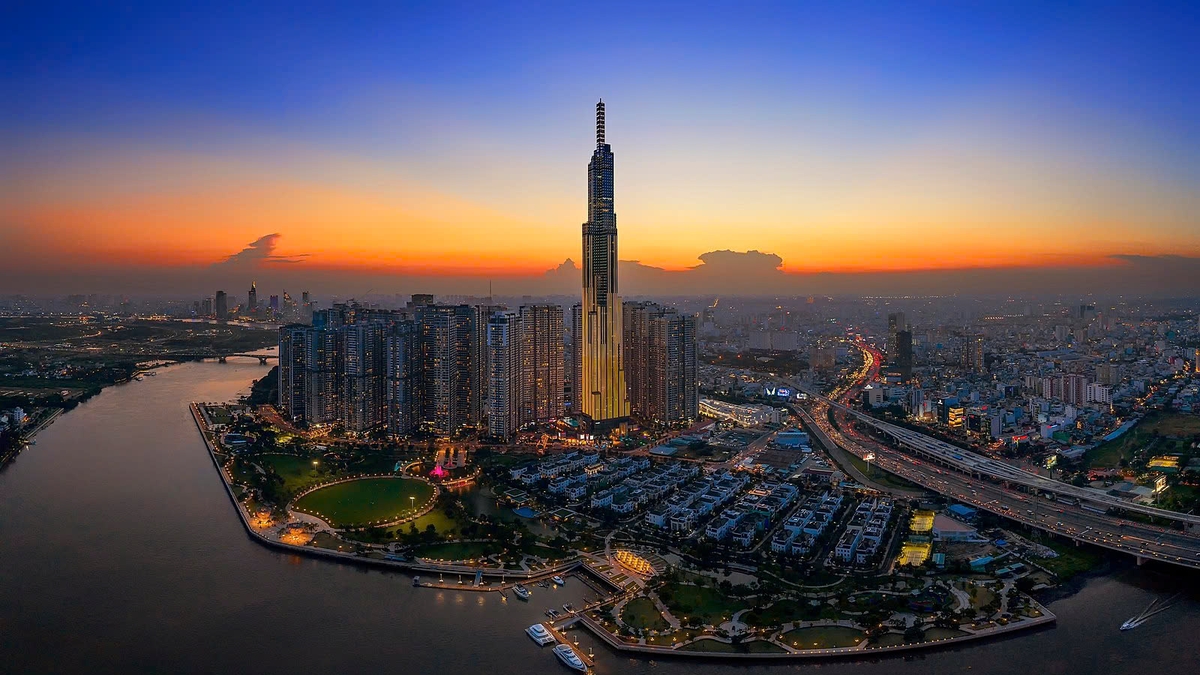
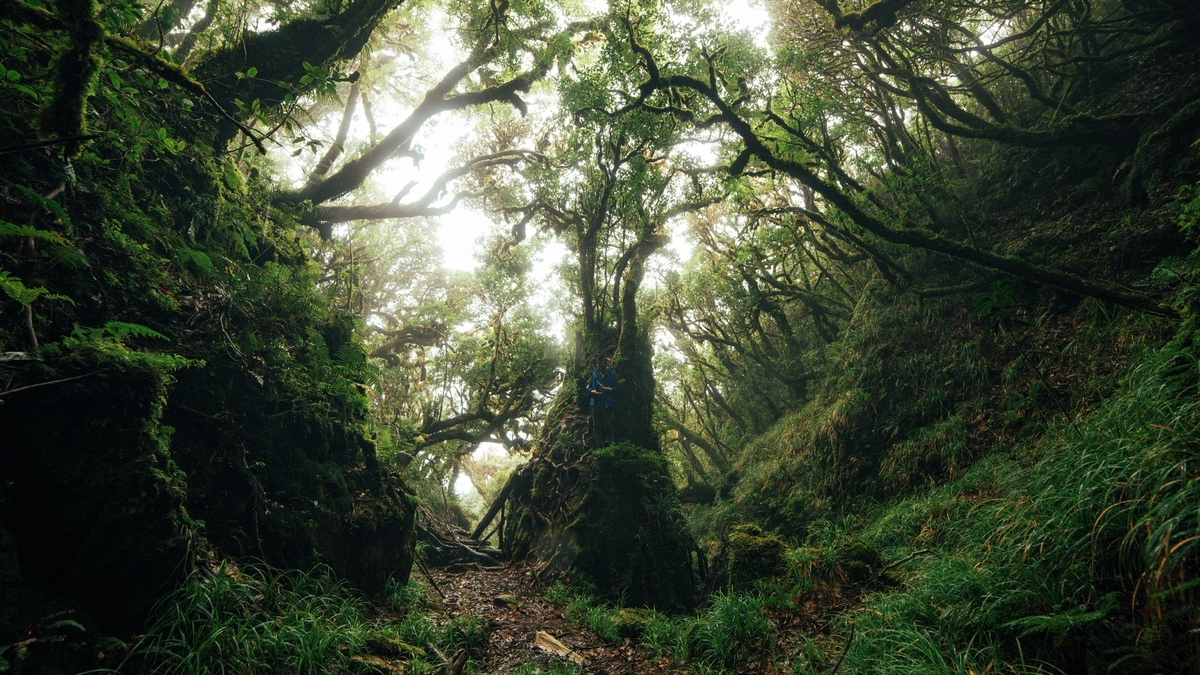


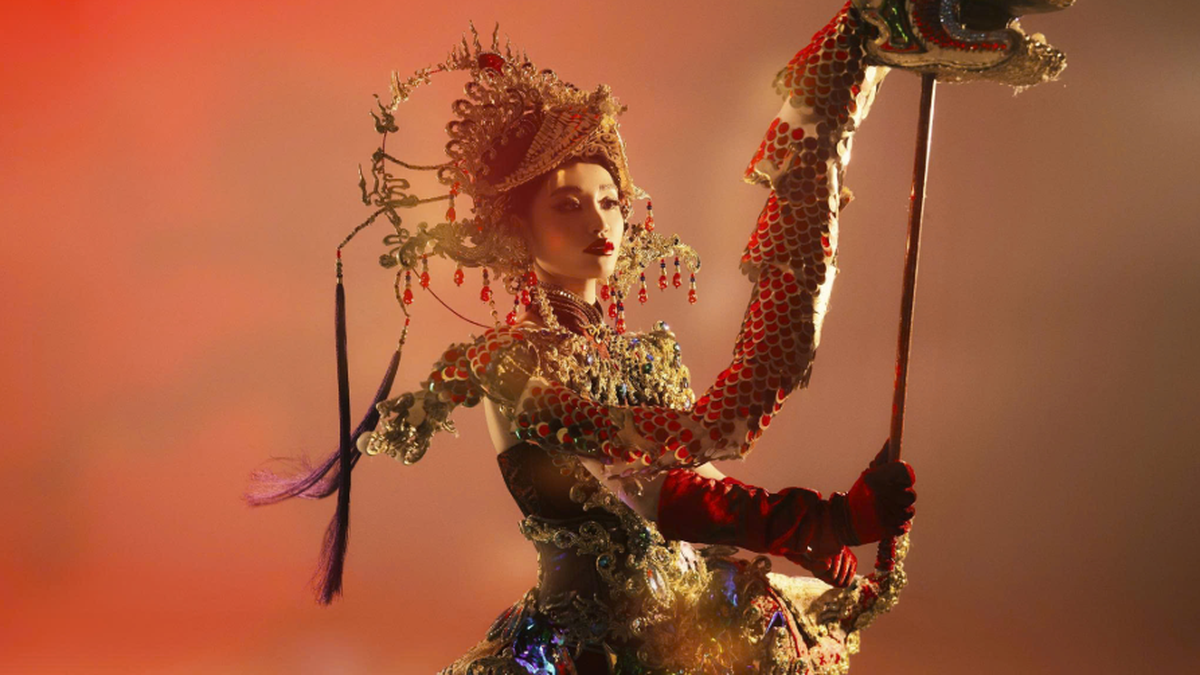



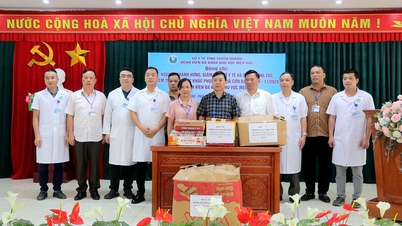


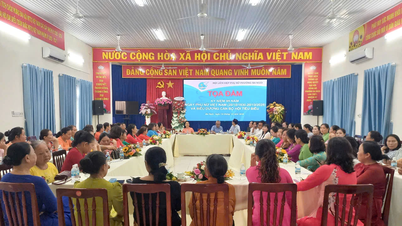

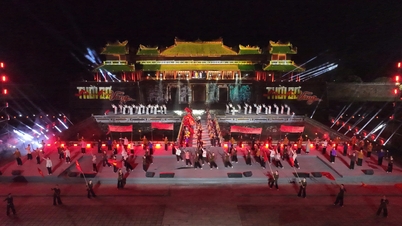

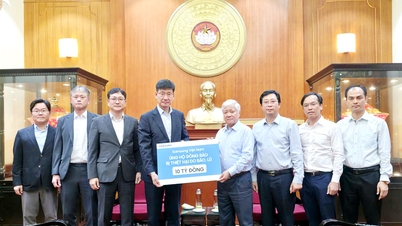


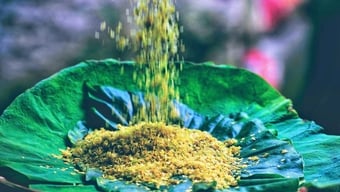
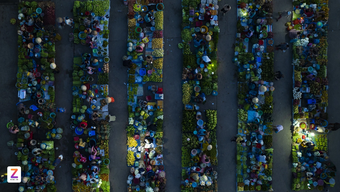
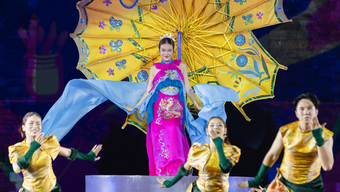
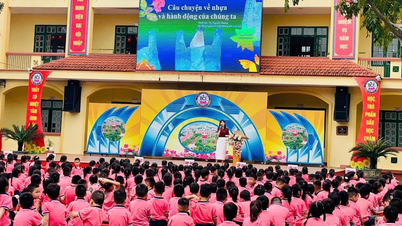
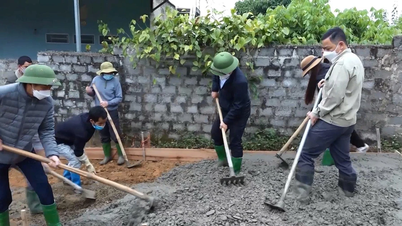
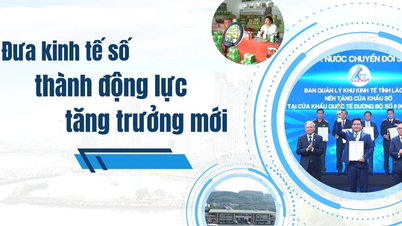
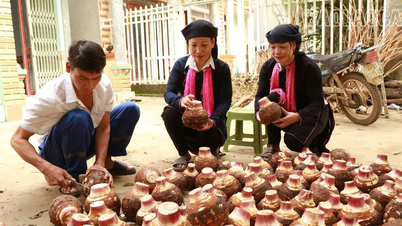
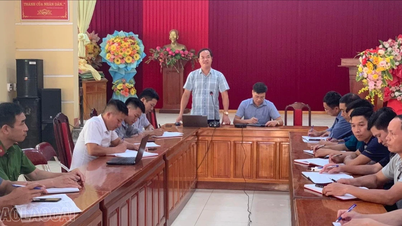
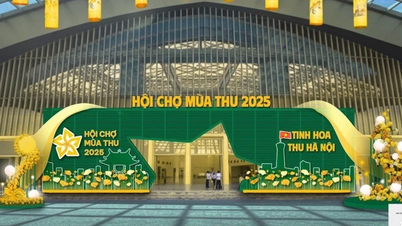
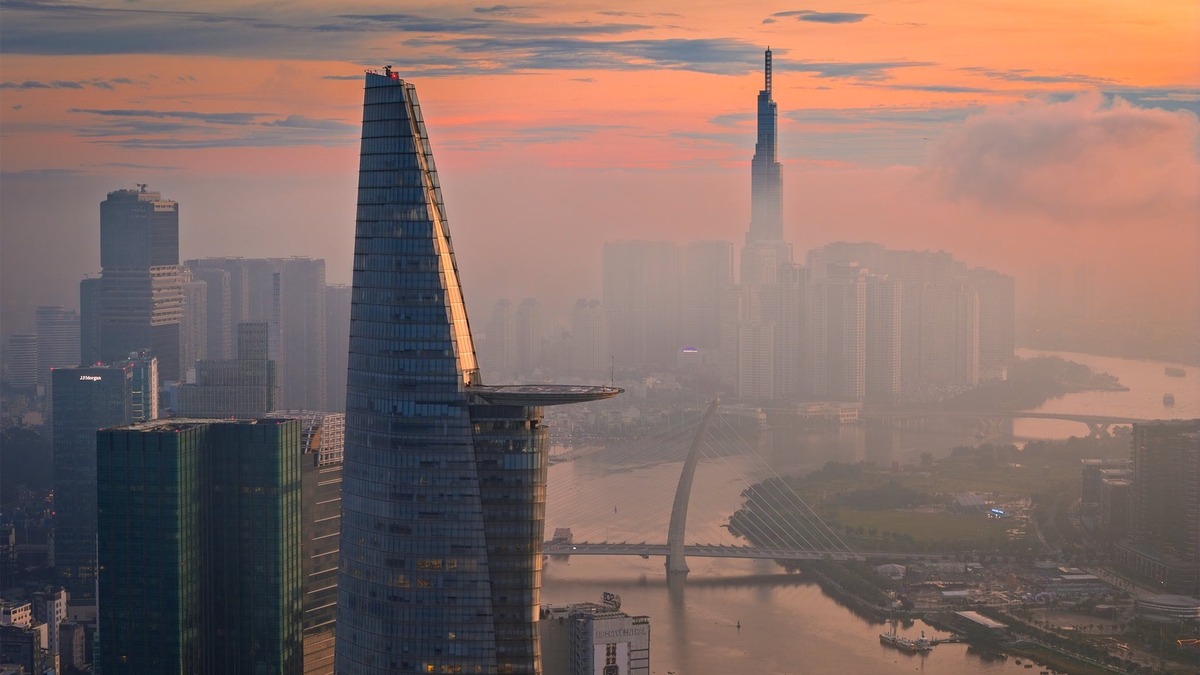
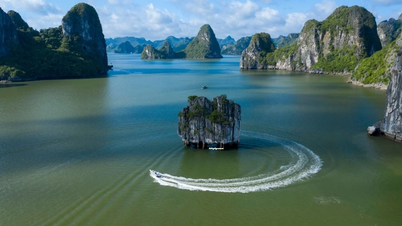

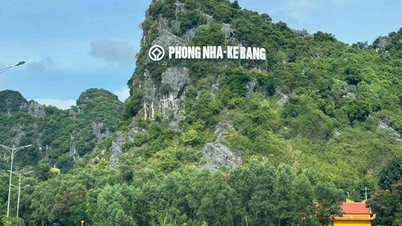






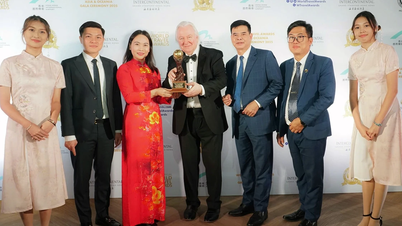

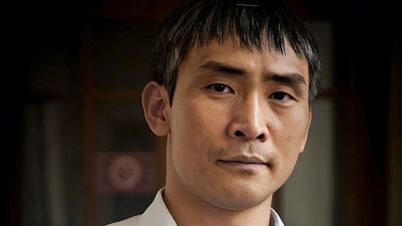



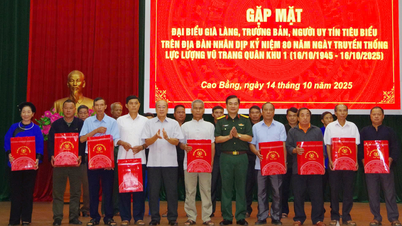






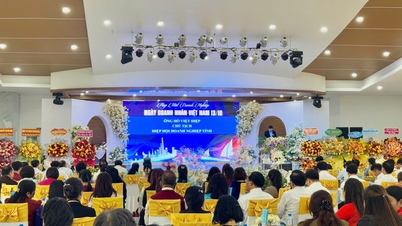



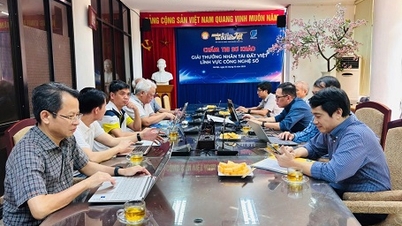



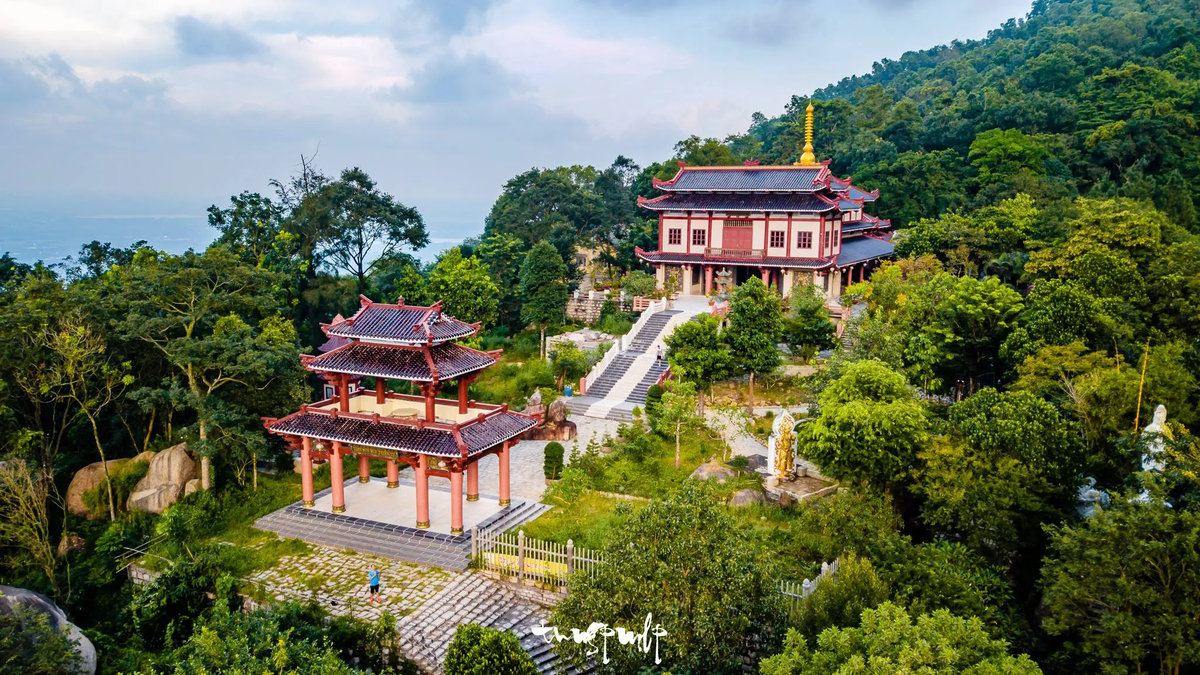






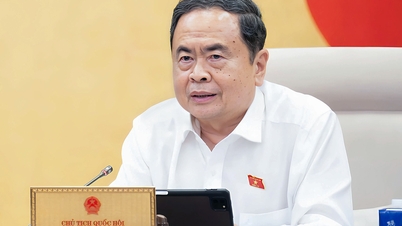
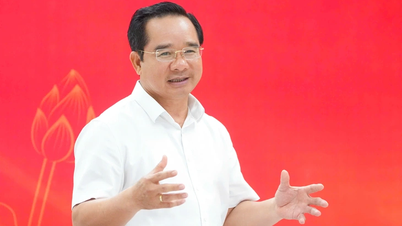
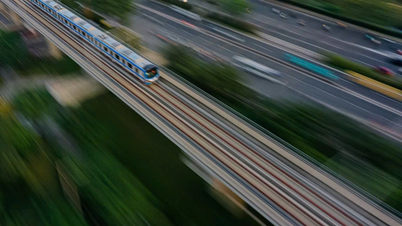



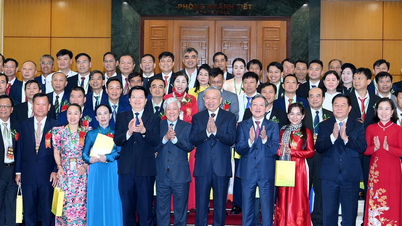


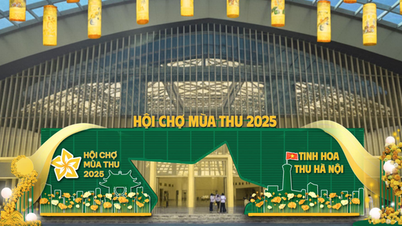
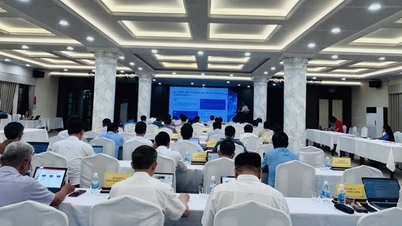

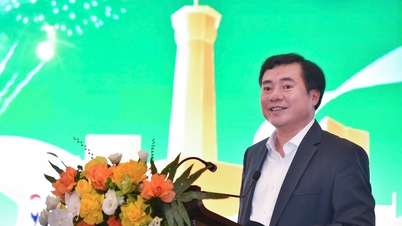

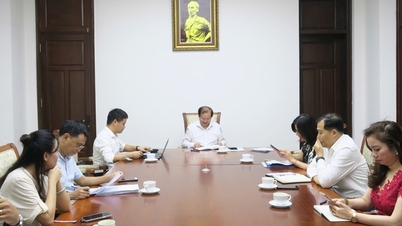
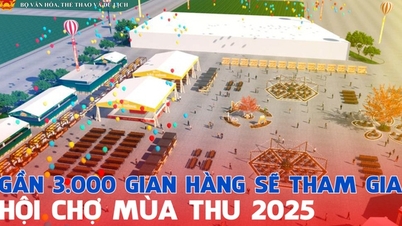
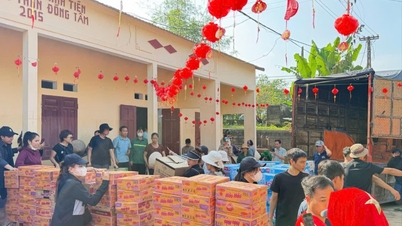

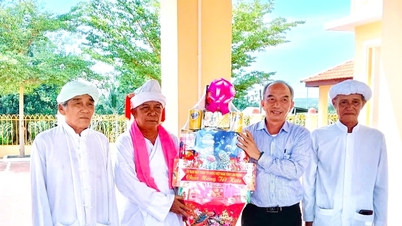





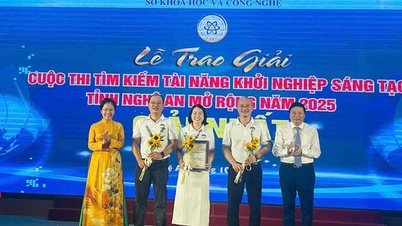


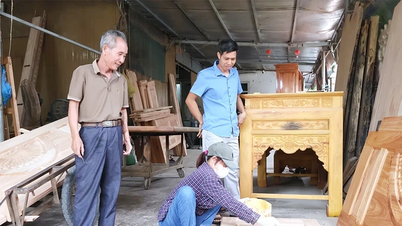







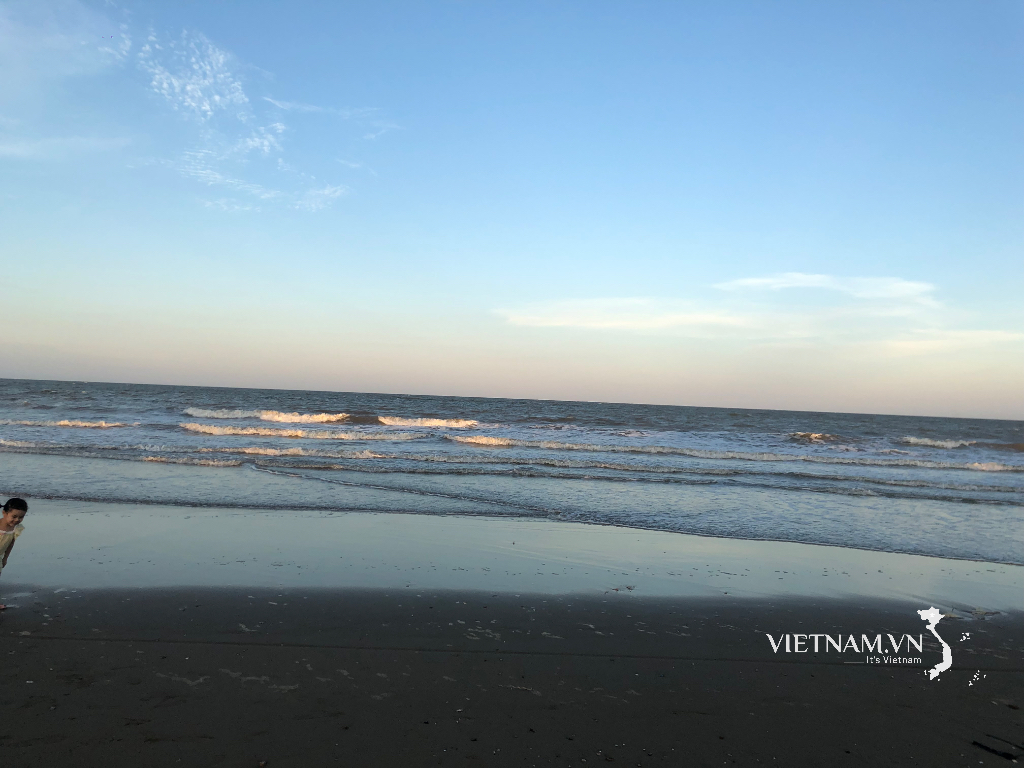

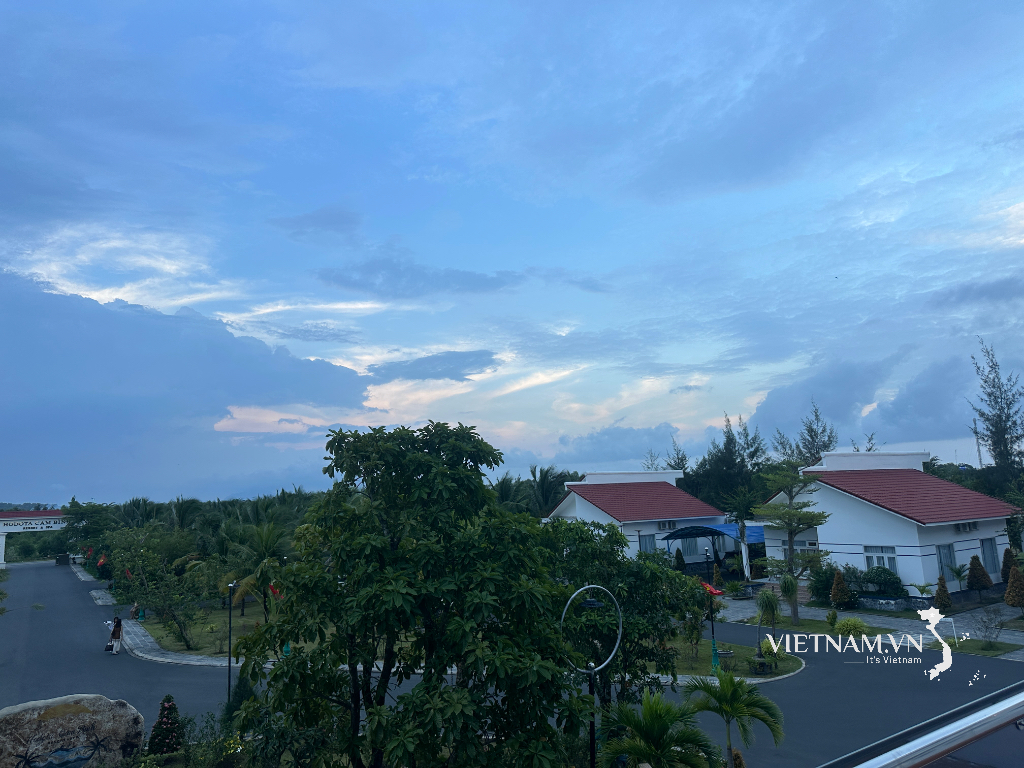
Comment (0)